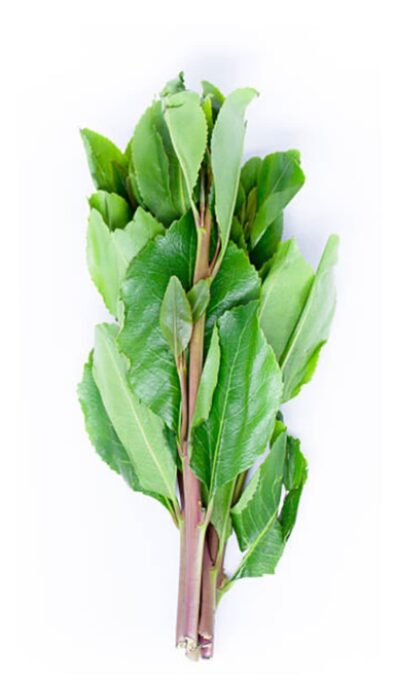Jute is a scheduled crop under the Crops Act, 2013, and its development, production, promotion, and manufacturing is therefore important. The scheduling of jute is intended to spur investment in the development of the jute value chain from production, primary processing (retting) and milling. Jute is a bast fibre crop primarily used in the manufacture of sacks, gunny bags, ropes, and mats. Although its cultivation in Africa is minimal compared to Asia, jute remains an important industrial raw material globally. Kenya imports most of its jute products, mainly for packaging agricultural produce, cement, and other goods.
Introduction
Production
Jute is grown in a wide range of soil types, with preferred texture varying from sandy loam to clay loam, with a pH range of 5.5- 6.5 and well-drained. It grows to a height of 1.5-4.5 m. The stems are about 1-2 cm in diameter. Jute is a rain-fed crop with little need for fertilizer or pesticides. Yields are about 2 tons of dry jute fibre per hectare. It flowers in three to four months after sowing. In ideal conditions, it needs 100-120 days from sowing to harvesting. It grows in a hot, humid climate with a temperature variation of 24°C-37°C or higher, with a long day length of more than 12 hours. It needs annual rainfall in the range of 1000-1500 mm, depending on soil characteristics and the groundwater. The potential for local production exists, particularly in coastal areas with suitable agro-climatic conditions.
Kenya has favourable agronomic conditions to support the production of jute. The two major jute species grown globally are Corchorus olitorius and Corchorus capsularis. The Corchorus olitorius is grown in the highlands, and it is less tolerant to salinity, whereas C. capsularis is grown in alluvial flood plains and it is more tolerant to salinity. The former has a lower fibre yield compared to the latter. Currently, C. olitorius is grown in the Lower Midland zone 1 as a vegetable by a few scattered smallholder farmers mainly in Nyanza and Western Kenya region in sandy loam soils. C. capsularis can be grown for fibre in Lowlands zone 2 in the Coastal region, which has high humidity and the temperature ranges between 24°C and 37°C.
Processing
Raw jute undergoes a series of operations in jute mills before final products are obtained. The three leading jute producers in the world, Bangladesh, India and China, have invested heavily in the jute mills and promoted local use of finished products of jute fabrics and bags.
Jute is a natural, biodegradable fibre, and therefore it is an attractive renewable resource to address environmental and ecological concerns. Growing international interest in diversified lifestyles has prompted jute manufacturers and exporters to develop value-added jute products like handicrafts, bags, and sacks, among others.
